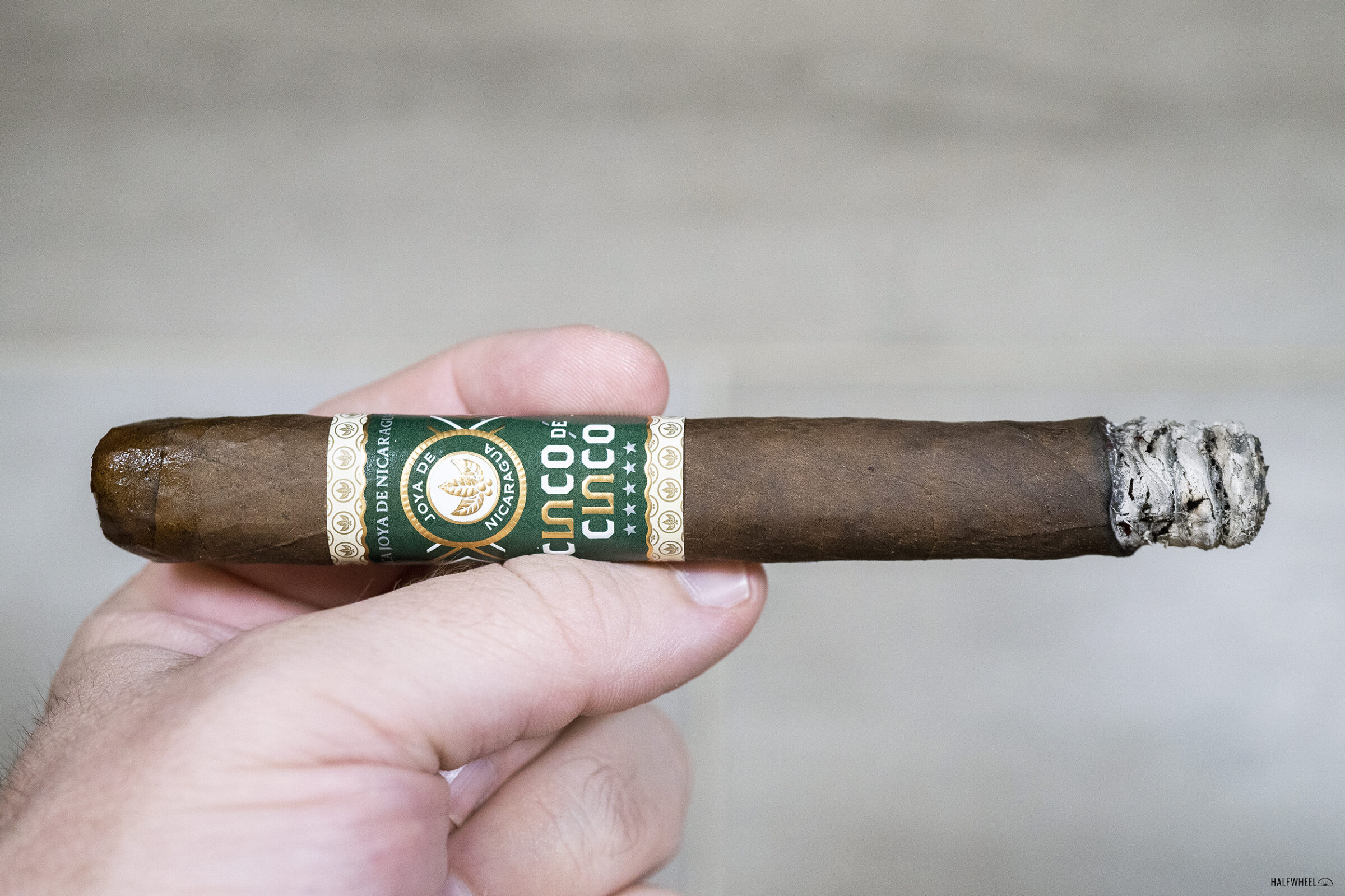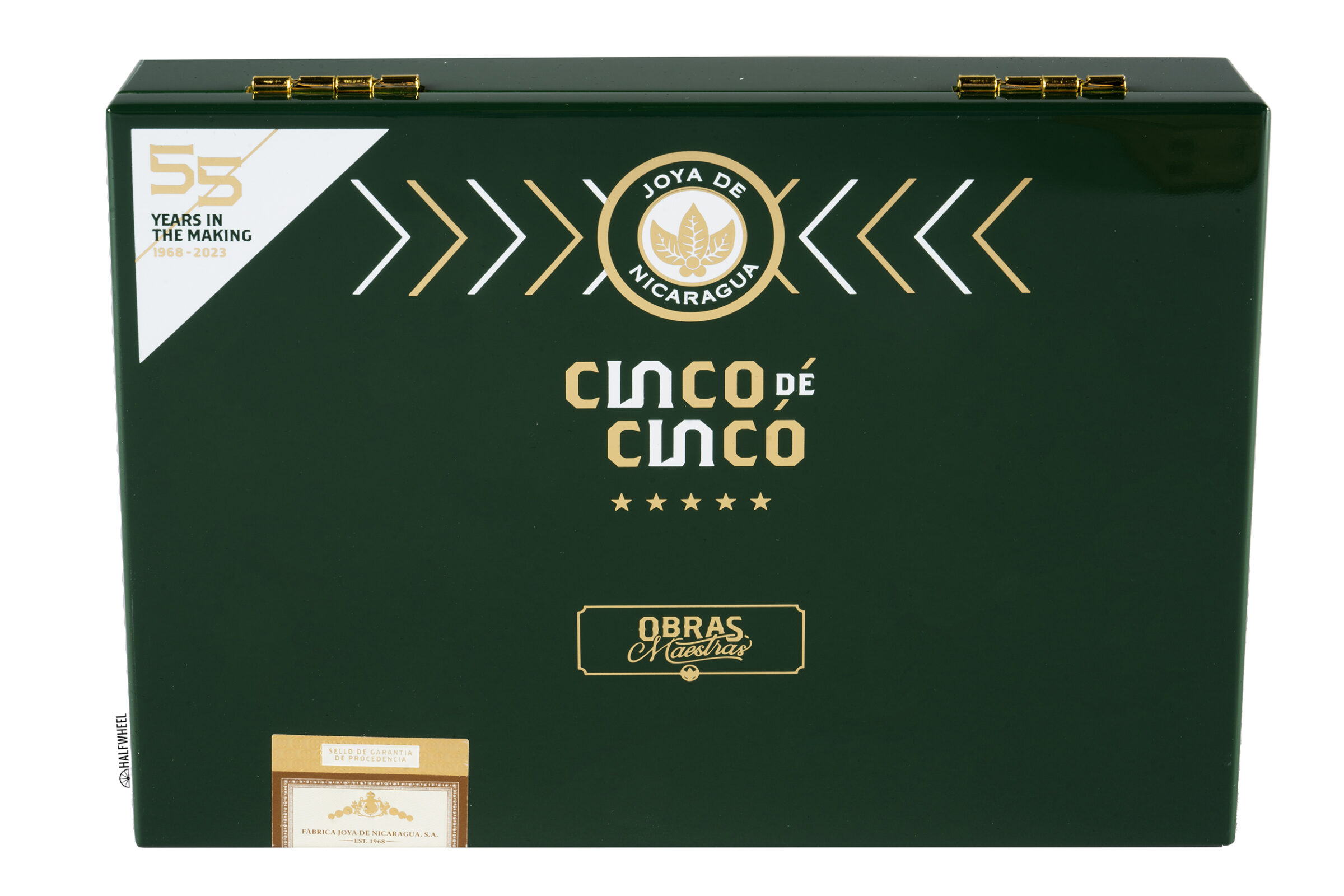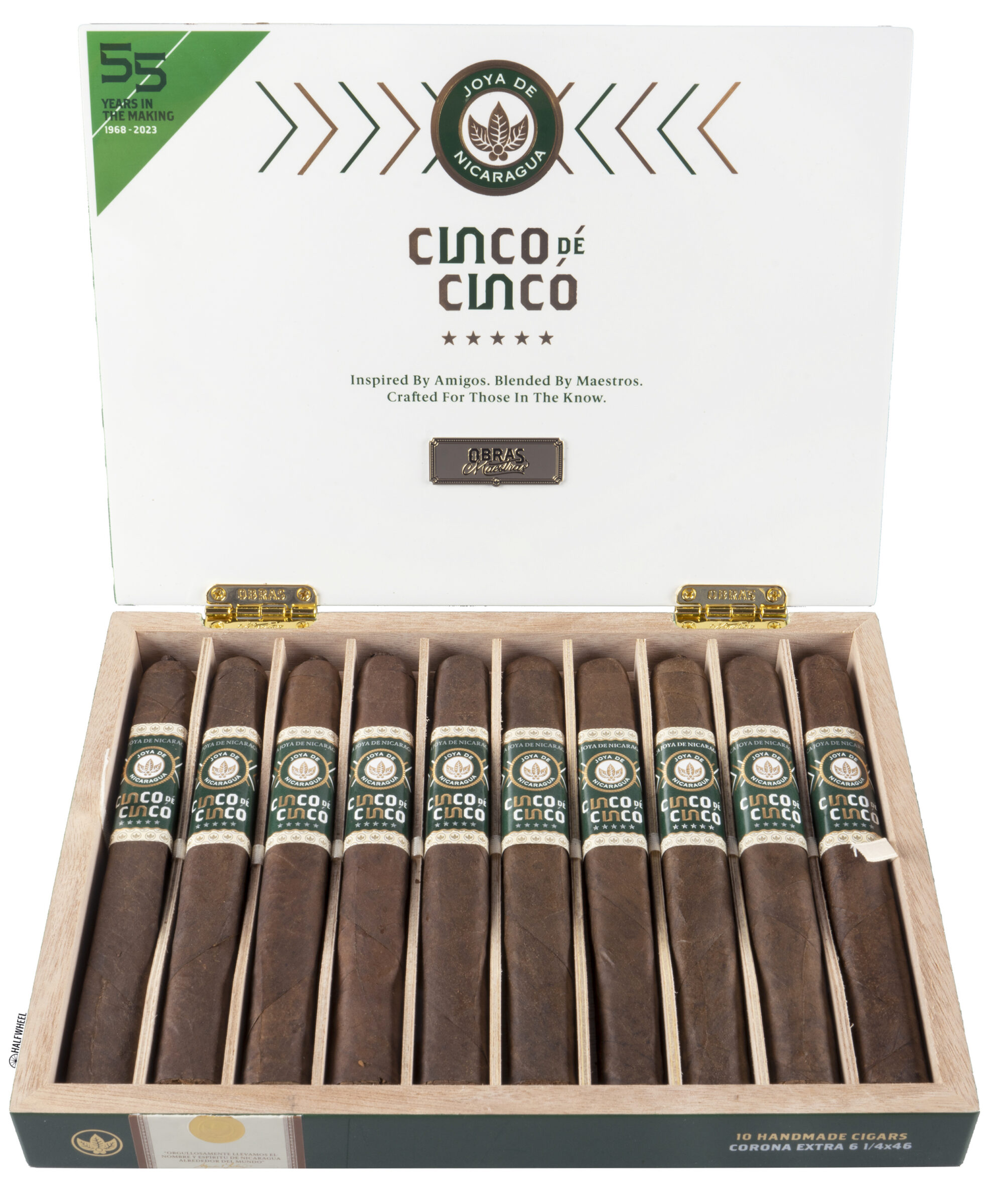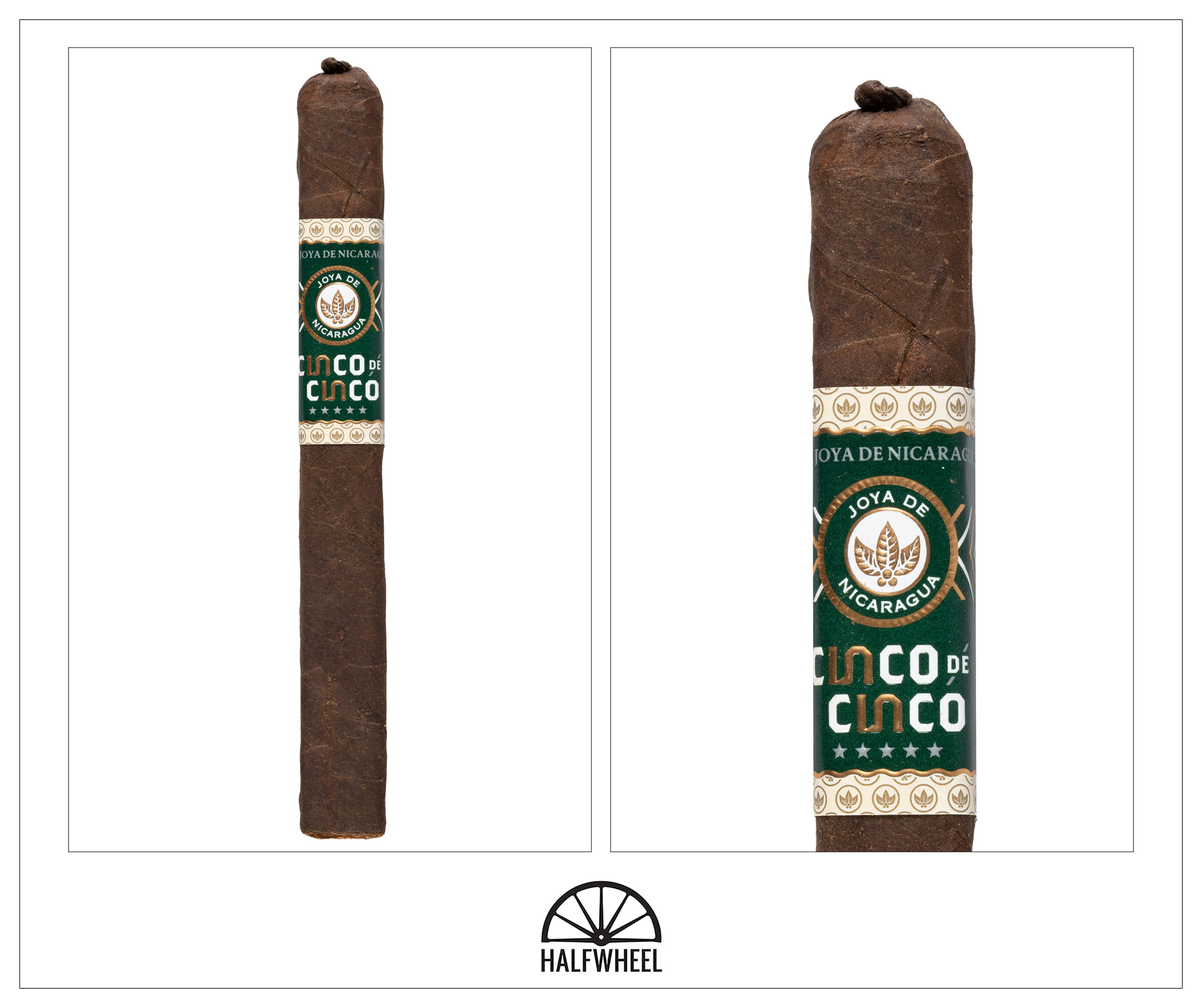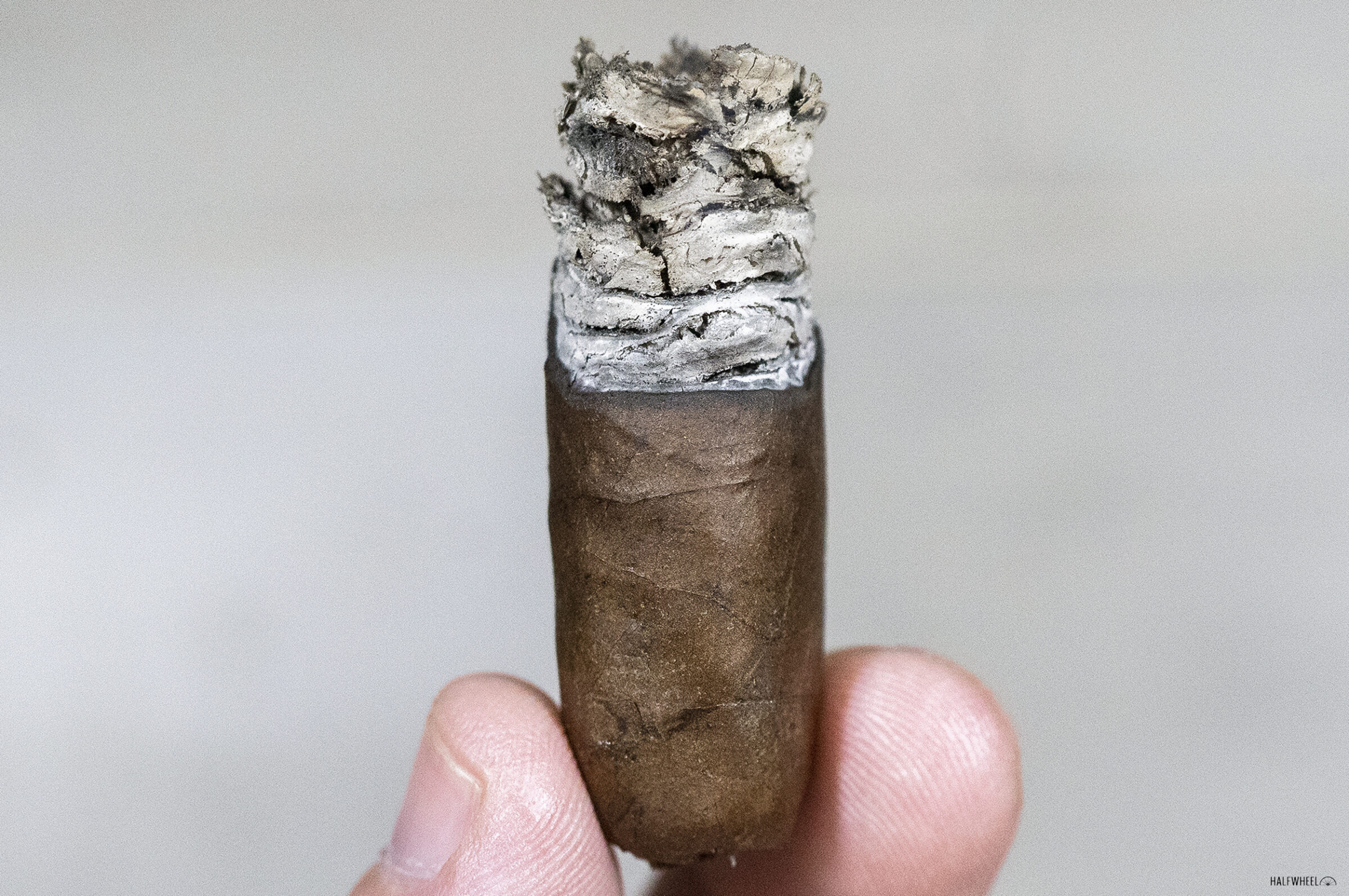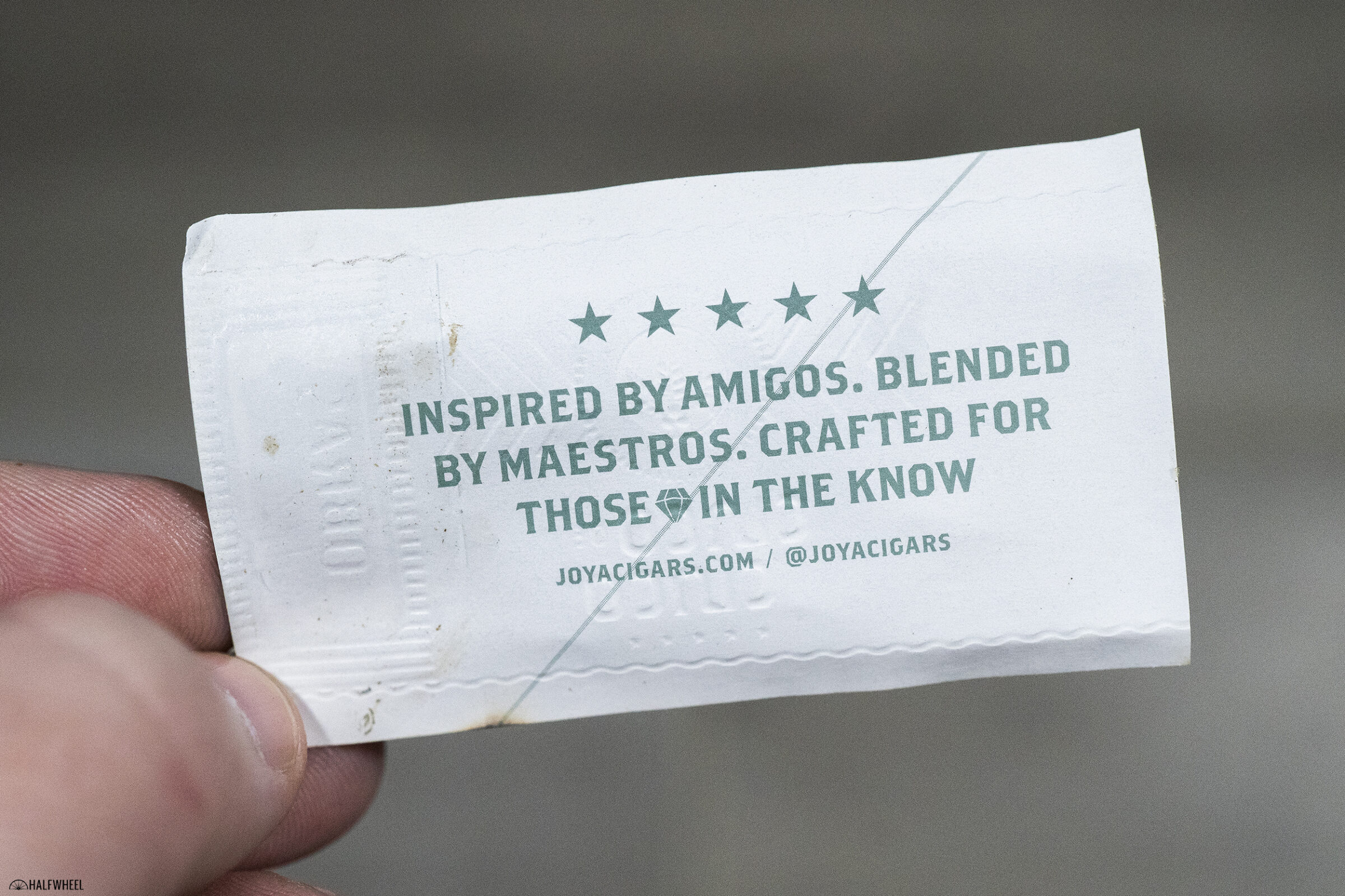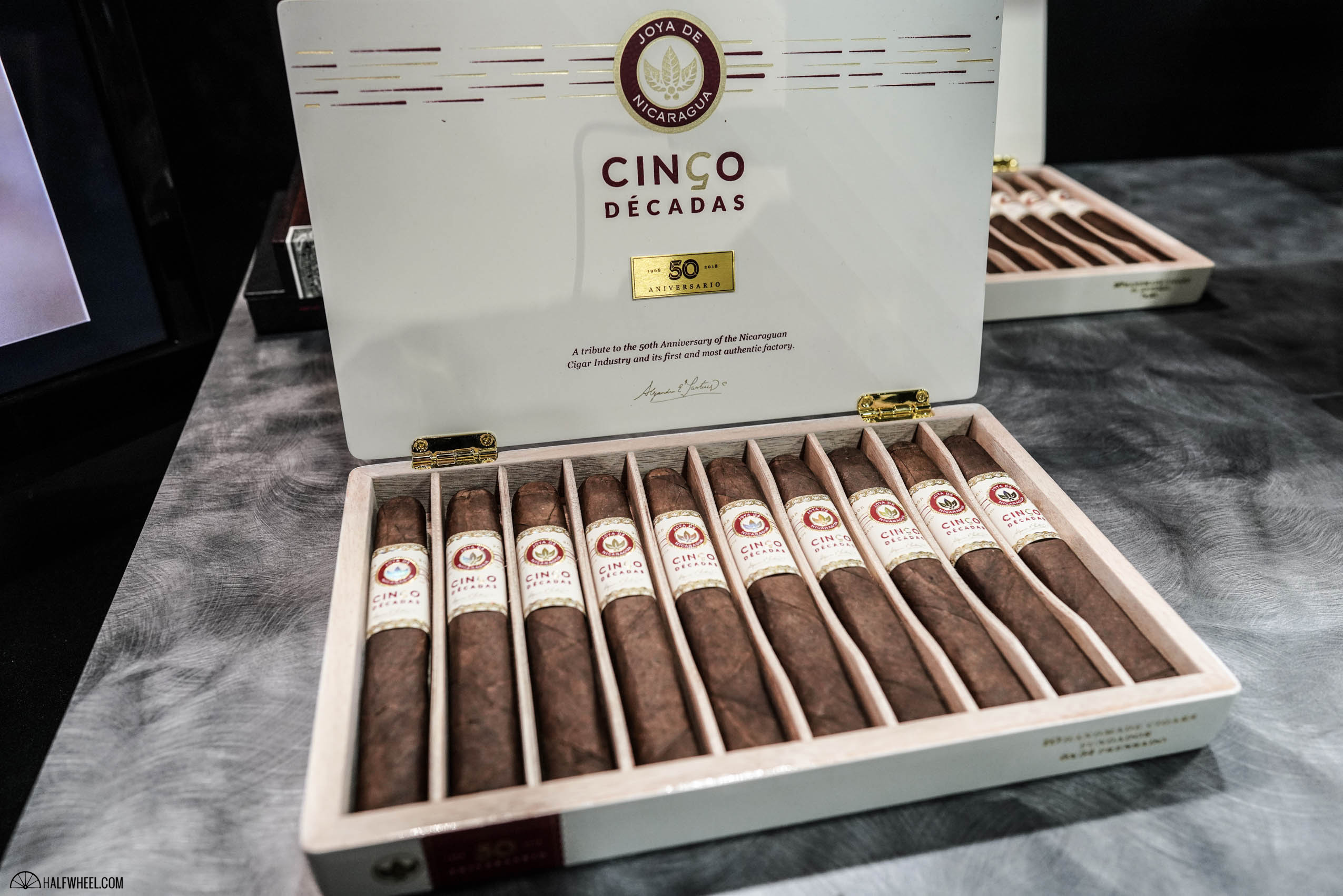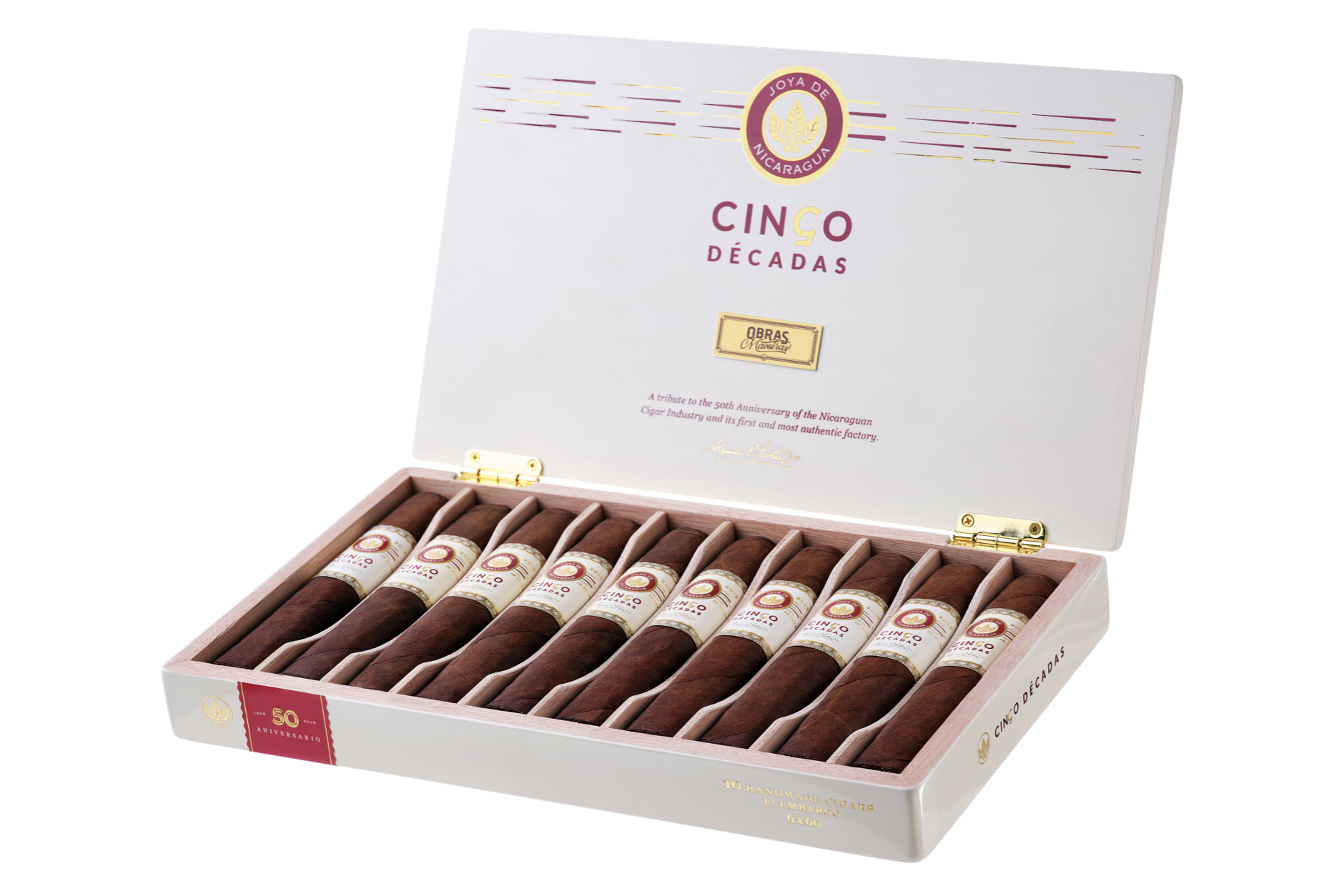Like pretty much every cigar company, Joya de Nicaragua likes to celebrate its significant anniversaries and over the past decade, it has amassed a pretty impressive collection of these celebratory cigars.
The anniversary collection started with the Joya de Nicaragua Cuatro Cinco, which came out in 2013 in celebration of the company’s 45th anniversary. Five years later, in 2018, the company released Cinco Décadas, which not only celebrated 50 years but also the people who helped the company get to that anniversary. Five years later, another cigar joined the group, the Cinco de Cinco, which celebrates the company’s 55th anniversary.
These anniversary cigars are part of Joya de Nicaragua’s top tier of offerings called Obras Maestras, which means masterpieces in Spanish. They are joined by two other cigars; first, the Joya de Nicaragua Número Uno, which was released in 2018 as part of the company’s 50th anniversary, though it debuted as an event-only cigar before becoming a more regular production offering in 2019. The other cigar is 2021’s Dos Cientos, which celebrated the 200th anniversary of Sept. 15, 1821, when the countries of Costa Rica, El Salvador, Guatemala, Honduras and Nicaragua declared their independence from the Spanish empire.
Collectively the five lines have received a number of honors:
- Joya de Nicaragua Cinco Decadas was ranked halfwheel’s #8 cigar of 2020,
- Joya de Nicaragua Dos Cientos was ranked halfwheel’s #4 cigar of 2021
- Joya de Nicaragua No. 1, the predecessor to Número Uno, was ranked halfwheel’s 2018 Cigar of the Year.
- Joya de Nicaragua Número Uno was ranked halfwheel’s #6 cigar of 2020 as well as the #15 cigar of 2020,
Needless to say, the bar for Cinco de Cinco has been set pretty high.
To create the blend for the Joya de Nicaragua Cinco de Cinco, the company turned to a rather interesting source, as the company says it was inspired by the hundreds of blending recipes that were created during private blending sessions with consumers and others. The resulting blend, which the company called “the perfect scoring recipe,” features an “ultra-vintage” Mexican San Andrés wrapper atop a Nicaraguan binder and fillers. Borrowing from the cigar’s name, the company calls it a five-out-of-five in profile and complexity, full-bodied and medium strength with hints of cocoa and dark chocolate.
“This cigar was made with the people, by the people and for the people,” said Juan Ignacio Martínez, executive vp of Joya de Nicaragua, in a press release. “Our past is all about tobacco. Our bright future is all about tobacco. We are here, stronger than ever thanks to our wonderful community of amigos.”
It is offered in five sizes, all of which have a soft box-press:
- Joya de Nicaragua Cinco de Cinco Corona Doble (7 x 54) — $21 (Box of 10, $210)
- Joya de Nicaragua Cinco de Cinco Corona Extra (6 1/4 x 46) — $16 (Box of 10, $160)
- Joya de Nicaragua Cinco de Cinco Toro (6 x 52) — $20 (Box of 10, $200)
- Joya de Nicaragua Cinco de Cinco Robusto Gordo (5 1/2 x 54) — $18 (Box of 10, $180)
- Joya de Nicaragua Cinco de Cinco Robusto (5 x 50) — $16 (Box of 10, $160)
The Corona Double and Robusto vitolas are limited to international markets, meaning U.S. consumers will only see the Corona Extra, Toro and Robusto Gordo on the shelves of their local retailers.
- Cigar Reviewed: Joya de Nicaragua Cinco de Cinco Corona Extra
- Country of Origin: Nicaragua
- Factory: Fábrica de Tabacos Joya de Nicaragua S.A.
- Wrapper: Mexico (San Andrés)
- Binder: Nicaragua
- Filler: Nicaragua
- Length: 6 1/4 Inches
- Ring Gauge: 46
- Vitola: Corona Extra
- MSRP: $16 (Box of 10, $160)
- Release Date: September 2023
- Number of Cigars Released: Regular Production
- Number of Cigars Smoked For Review: 3
I’m not sure exactly why this is, but it feels somewhat odd to see a box-pressed Joya de Nicaragua, even though there have been a number of other releases such as the Joya de Nicaragua Antaño Gran Reserva GT 20, the Joya Silver line and several others. For whatever reason, maybe it’s the Joya cigars that I smoke are the round ones, but I don’t think of Joya de Nicaragua as producing box-pressed cigars. Regardless, all three cigars look quite good, with a consistent medium-dark brown wrapper, a typical number and size of veins, and heads that are finished off by a tight twist of tobacco to form a cinnamon bun shape. The cigars are just a touch firmer than expected for a box-pressed vitola, but what I am more intrigued by is the texture of the wrapper that I pick up by checking the density. It feels like a thick paper, almost parchment, something bearing a rather important or official letter. There is very little oiliness on the wrappers, if any at all, but plenty of very fine texture thanks to the toothiness of the leaf that I find upon a closer inspection under more direct light. The foot has some very familiar and enjoyable aromas, namely wheat bread, wheat cereals, and red apple skin that leads to a candy-like red apple aroma. The cold draw is smooth, with one cigar just on the verge of being a bit too open, one on the verge of being firm, and the third right in the middle. It’s a very dry profile marked by crunchy pretzels, popsicle sticks and a touch of creaminess.
The Joya de Nicaragua Cinco de Cinco Corona Extra gets going with a rather peppery start, and that’s before taking a retrohale, which adds even more pepper to the equation. That said, the cigar’s body isn’t as heavy and rich as needed to really give it a full-bodied kick out of the gate, creating a bit of an imbalance for me. A bit of that popsicle stick wood comes out next, a dry, simple flavor that seemingly cuts through quite easily, and at times with a little dampness that gives it an edge. The ash holds on pretty decently in this first third, lasting just shy of an inch across the three cigars. Once the first clump falls, the profile seems to round out a bit, adding just a touch of creaminess to the body while dialing in the pepper both on puffs and retrohales so they’re a little more focused. It’s a change that results in the profile coming across as much more cohesive and purposeful just a few puffs later, as the components feel like they have found order and sequence among each other, and the puffs and retrohales now work together quite well. The final puffs add a bit of sharpness to the components in the profile, which gives the flavor a bit of the same characteristics that it offered out of the gate. Flavor is medium-plus for most of this section, body starts medium-minus but fills to medium by the end of this section, while strength is mild. Construction is very good with an easy draw, even burn line and good smoke production. My only criticism is that once that first clump of ash falls, it becomes increasingly delicate and thus likely to drop off unexpectedly.
After a first third that started with a bit of a disjoined flavor but a cigar that found its rhythm, the second third starts seamlessly with the profile having hit its stride. It adds a bit of earthiness and what I would call the core parts of a great cup of coffee, another way to say there’s no bitterness or overly bright fruit or floral sensations. Retrohales have a bit more punch from black pepper, while also picking up a bit of an oily potato chip sensation on the finish. When the retrohales are dialed in and don’t overwhelm my nostrils with pepper they make for a very solid addition to the experience, with one cigar clearly doing this better than the other two. The second third isn’t loaded with flavor changes or progressions but rather seems to be about how well this section can execute the goals of the blend. All three cigars do it well, with one cigar noticeably better than the other two by keeping the unnecessary changes and fluctuations to a bare minimum. While I’m not quite ready to call the profile stellar, it is very enjoyable by hitting a solid profile, both in flavor and aroma. Flavor sits at medium-plus, body is medium-plus and strength is still on the mild side of medium. Construction continues to be very good, with my issues with the ash still remaining but an otherwise problem-free experience.
There are a few touches of light, dusty chalk entering the profile as the final third gets underway, an addition that seems to come out of the earthiness that was a major part of the second third. As someone who’s not a fan of chalk, I’m happy to find that it doesn’t intensify or last too long. Additionally, a retrohale seems to dash the sensation, replacing it with a very clean and crisp white pepper. While I don’t know if I could pick out one specific thing that feels like it’s changed, the profile feels like it has stepped just a touch out of the sweet spot it reached and held earlier. There’s also a heartier wood flavor that has emerged to give the profile its first appreciable change in some time. The final puffs of this section swings the profile once again, and I get a bit of an old-fashioned donut and a more pronounced pepper in the flavor, while the profile also warms up just a touch but doesn’t get overly hot. The flavor finishes medium-full, body is medium-full and strength is medium-minus. Construction is very good, though one cigar struggles with its combustion in the final third.
Final Notes
- While it might be a bit much to use on the entire band, the back features a gorgeous emerald green color that absolutely shines in the light.
- As I noted in my review of the Don Pepín García Vegas Cubanas, green has not been used much on cigar bands, seemingly because green was associated with young, uncured and unfermented tobacco, which meant the cigars would be harsh and bitter.
- The back side of the band also gets this message.
- The ash on the second cigar seemed rather finicky, falling off a few puffs before when I would have expected, leading to a lot of ash on my desk and a bit of work for my Dust Buster.
- The second third of the final cigar got me thinking about a sports analogy, namely how elite athletes reduce unnecessary movements in their performance. Whether it’s minimizing head movement and sway for a runner, or a baseball pitcher’s mechanics, it’s fascinating to see just how efficient the best can be. The second third of all three cigars saw the flavors come together very nicely, with one really dialing the execution into a great spot.
- I have not yet smoked the other vitolas in the Cinco de Cinco line, but I’d be interested in trying at least one of the larger ring gauges, both on its own and in a side-by-side smoke with this corona extra, which is the thinnest vitola of the bunch.
- Sometimes I don’t think the designer(s) who came up with the logos for the Obras Maestras series bands get enough credit, so I’d like to acknowledge them here. I think the designs check pretty much all the boxes of offering something clean yet eye-catching that incorporates the company’s logo as well as the name of the cigar. And in the case of the Cinco de Cinco, turning a 5 sideways to turn it into an i and an n is one of those things that I appreciate as someone who isn’t a graphic designer.
- I have been fortunate to participate in several blending sessions at Joya de Nicaragua’s factory, generally as part of the Puro Sabor festival, and I think the company makes it both an enjoyable and approachable experience. It selects a limited number of tobaccos so as to make the available ingredients not feel overwhelming but gives each person enough choices to see how various tobaccos interact with each other. If you have the chance to participate in one of these sessions, I’d highly encourage you to take advantage of the opportunity.
- I didn’t get any appreciable strength from the Joya de Nicaragua Cinco de Cinco Corona Extra. One cigar had a bit more than the other two, though far from enough to have me pulling out the white sugar.
- Joya de Nicaragua advertises on halfwheel.
- The cigars for this review were purchased by halfwheel. Joya de Nicaragua sent a box of another size to halfwheel, it was not used in any way for this review.
- Final smoking time was one hour and 40 minutes on average, though one cigar with combustion struggles in the final third took just over two hours to smoke. The other two cigars were more much consistent, clocking in around an hour and 30 minutes.
- Site sponsors Atlantic Cigar Co., Famous Smoke Shop and JR Cigar carry the Joya de Nicaragua Cinco de Cinco Corona Extra.
In thinking back about the Joya de Nicaragua Cinco de Cinco, my thoughts get drawn to the second third as the high point of the cigar, with similar yet slightly different roads leading both to that section and away from it. The merging of flavors and harmonizing of components that occurs in that second section is what makes this cigar special, as It seemingly encapsulates the goal of the blend. That said, for as well as it executed the process, and as good as the result was, it didn't deliver the kind of profile that puts a cigar into the upper echelon that the company has reached before. I would still gladly smoke this cigar again, I look forward to smoking some other vitolas, and I've already got this on the calendar for a redux review as I am curious to see what just a bit more time might do to the blend.

